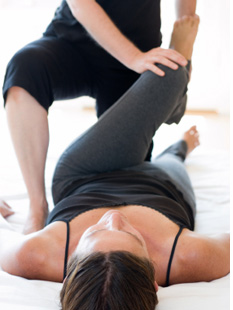There has been ample talk in recent years about the concept of “barefoot running” and whether or not it is a safe and effective form of running. As with most things, there are plenty of sides to any story. And if you are currently interested in exploring this option and thinking this is the next step in running, be glad you stumbled upon this article.
You may have heard that barefoot running will help decrease the chance of injury while running or will help you run with your natural gait pattern. The truth is if you have had injuries in the past, you may experience new ones if you were to immediately switch. And of course your gait will change while barefoot running. But more “natural” running? That’s to be seen.
With barefoot running, people will change the way they run because it will hurt them to run the way you did in regular shoes. Studies have shown that people who run barefoot will change 3 mechanical factors. 1) They won’t land on their ankle anymore because it hurts, so they will tend to land more mid-foot/fore-foot. This will help spread out the force of impact. 2) Barefoot runners will land with a more flexed knee to absorb more of the impact. 3) They shorten their stride length, again to decrease the impact seen in shoe runners with long impactful strides. All of these factors accomplish one thing, decrease force through your foot.
Changing to barefoot running may cause new repetitive stress injuries, such as Achilles tendinopathy, due to excessively loading the tendon by landing on your forefoot. Patellar tendinosis may occur due to the shorter more frequent stride and increased flexed knee. Foot fat pad irritation may also occur due to the decreased amount of cushion. Calcaneus and metatarsal stress fractures may even occur in more extreme cases.
There are ways to transition to barefoot running. It takes time and you must work new muscles that you may have never known you had. I will post Part 2 of this discussion talking about how to properly do that and prevent injuries that may occur with barefoot running.
So before you think of switching to barefoot running, talk to your local chiropractor or physiotherapist about whether or not it will be a good move for you.


About The Author: Activehealthinstitute_8uxcp6
More posts by activehealthinstitute_8uxcp6